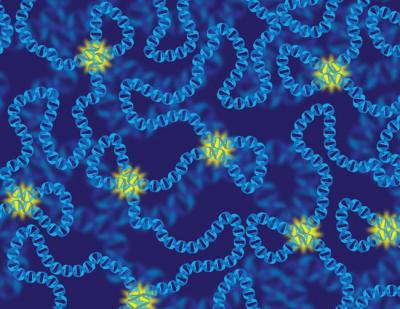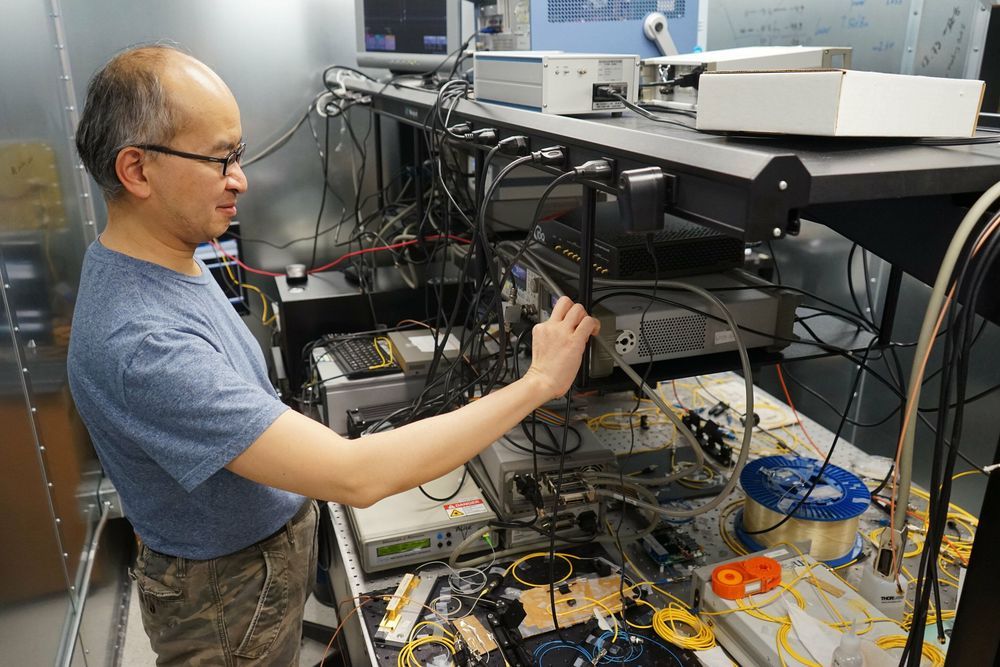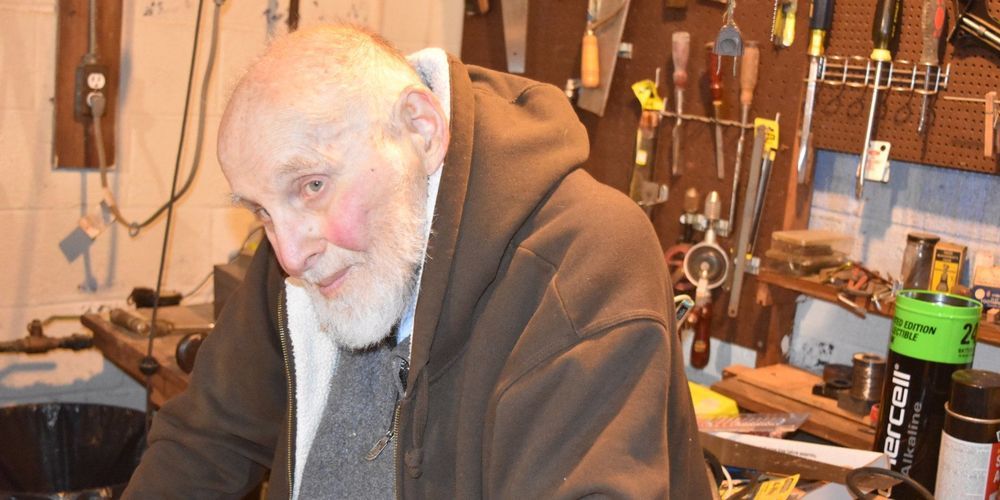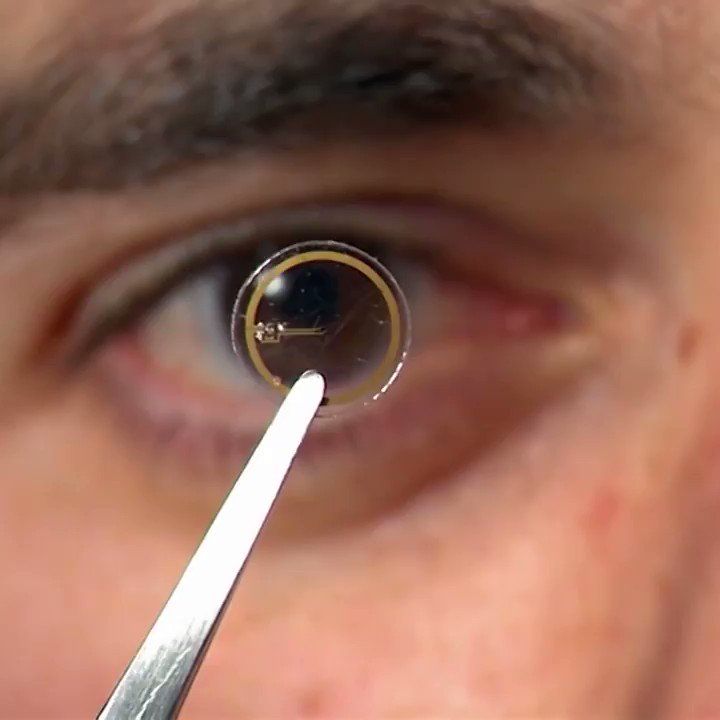Page 9499
Jan 28, 2019
Cancer: A mutation that breaks gene interplay in 3D
Posted by Xavier Rosseel in categories: biotech/medical, genetics
EPFL scientists have discovered how a mutated gene can affect the three-dimensional interactions of genes in the cell, leading to various forms of cancer.
Jan 28, 2019
All-photonic quantum repeaters could lead to a faster, more secure global quantum internet
Posted by James Christian Smith in categories: engineering, internet, quantum physics
Engineering researchers have demonstrated proof-of-principle for a device that could serve as the backbone of a future quantum Internet. University of Toronto Engineering professor Hoi-Kwong Lo and his collaborators have developed a prototype for a key element for all-photonic quantum repeaters, a critical step in long-distance quantum communication.
Jan 28, 2019
The American Public Increasingly Desires Life Extension
Posted by Steve Hill in categories: biotech/medical, life extension
Attitudes about life extension have significantly changed within the last decade.
While medical schools have had the idea that aging should be brought under medical control for over a century, the explicit desire to greatly extend one’s life remained rare – until very recently. A new study by YouGov, a market intelligence company that researches multiple topics, found that, today, one in five Americans agrees with the statement “I want to live forever.” Is this the result of some sort of bias, or does it mean that we are reaching a turning point, after which society will start boldly and unambiguously clamoring for the cure for aging?
The desire for a long life
Continue reading “The American Public Increasingly Desires Life Extension” »
Jan 28, 2019
The 96-year-old who won the 2018 Nobel Prize in physics reveals his science-backed secret to staying sharp in old age
Posted by Genevieve Klien in categories: physics, science
Arthur Ashkin is the oldest person ever awarded a Nobel Prize. But he says he’s not done discovering yet. He still works every day.
Jan 28, 2019
In test of wisdom, new research favours Yoda over Spock
Posted by Xavier Rosseel in category: futurism
Wise reasoning does not necessarily require uniform emotional control or suppression, says Igor Grossmann, professor of psychology at Waterloo and lead author of the new study. Instead, wise reasoning can also benefit from a rich and balanced emotional life.
A person’s ability to reason wisely about a challenging situation may improve when they also experience diverse yet balanced emotions, say researchers from the University of Waterloo.
The finding clarifies millennia of philosophical and psychological thinking that debates how wisdom is related to the effective management of emotionally charged experiences.
Continue reading “In test of wisdom, new research favours Yoda over Spock” »
This project has received funding from the European Union’s Horizon 2020 research and innovation programme under grant agreement No 685594.
Jan 28, 2019
Exponentials at play (and in future contact lenses): increasingly smaller, cheaper & more powerful computation, sensors & cameras will open a realm of possibilities…
Posted by Klaus Baldauf in categories: electronics, futurism
Exponentials at play (and in future contact lenses): increasingly smaller, cheaper & more powerful computation, sensors & cameras will open a realm of possibilities… #xMed
Jan 28, 2019
Stress and dream sleep are linked to pathways of brain cell death and survival
Posted by Xavier Rosseel in categories: food, neuroscience
Monitoring their sleeping patterns, researchers identified an increase in the duration and continuity of REM sleep and specific brain oscillations characteristic of REM sleep, whereas ‘deep’ sleep, or non-REM sleep, did not change. The changes in REM sleep were very tightly linked to deficiency in the regulation of the stress hormone corticosterone. Mild stress also caused changes in gene expression in the brain.
The first and most distinct consequence of daily mild stress is an increase in rapid-eye-movement (REM) sleep, a new study in the journal PNAS reports. The research also demonstrated that this increase is associated with genes involved in cell death and survival.
REM sleep, also known as paradoxical sleep, is the sleep state during which we have most of our dreams and is involved in the regulation of emotions and memory consolidation. REM sleep disturbances are common in mood disorders, such as depression. However, little was known about how sleep changes are linked to molecular changes in the brain.
Continue reading “Stress and dream sleep are linked to pathways of brain cell death and survival” »
Jan 28, 2019
SpaceX Revs Its Engines as It Gets Closer to Crewed Flight
Posted by Genevieve Klien in category: space travel
Next month SpaceX’s passenger capsule is expected to launch on an uncrewed mission—a big step towards bringing human spaceflight back to the US.

















